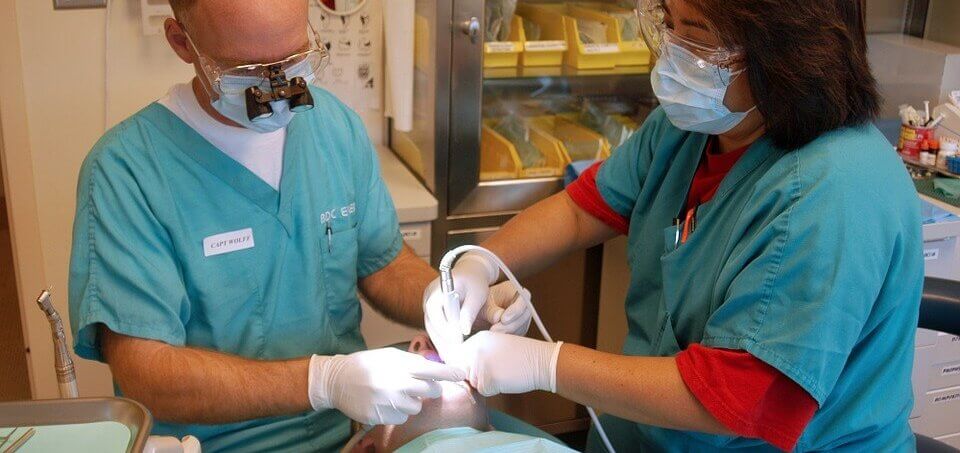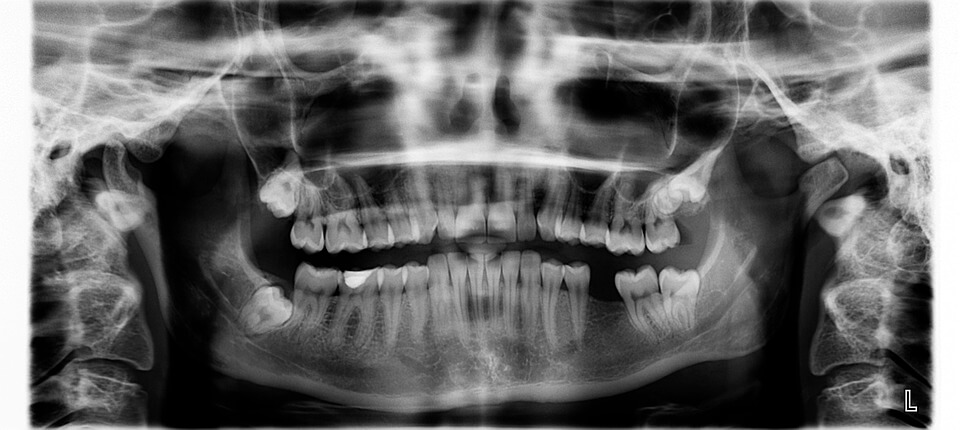Why Pulling Teeth Isn’t Always Your Best Option
Do you have a loose, damaged, dead or decaying tooth? You may be considering tooth extraction. But before you do, there are some things you should know. Find out why dentists consider pulling teeth a last resort and what a dentist can do to avoid tooth removal or help restore your teeth when that’s not an option.
Do I Need My Tooth Pulled?
The simple answer to this question regarding pulling teeth would generally be “no”. You often have other options that your dentist explores before deciding that tooth removal is the best option. If you can keep your tooth, you’ll want to do that for many reasons. A lost tooth can cause:
- Jaw bone loss
- Trouble eating
- Difficulty speaking
- Need for dentures or implants to prevent an undesirable gap
Your dentist may consider tooth removal as a last resort when:
- A tooth is severely decayed
- A tooth is risking nearby teeth by spreading infection
- Gum disease is so bad that the teeth cannot stay in place
- A tooth is impacted (blocked from emerging)
- Crowding is causing crooked teeth
- A person has been in an accident
But we’ll explore other options throughout this article. One of the most common reasons for an extraction is an impacted wisdom tooth, so let’s look at wisdom tooth removal first.

Impacted Wisdom Teeth
Human mouths come in many shapes and sizes. The wisdom teeth, which were once very important to our ancient ancestors who needed to eat raw, coarse plants, roots, nuts, and meat. While most of us still eat these kinds of foods, today we have preparation options to make these foods more tender. This makes wisdom teeth less necessary.
But this doesn’t mean that everyone needs a wisdom tooth extraction.
The wisdom teeth, which normally appear around age 18, may arrive to find the mouth is already full. In this case, wisdom teeth removal may be the best option. But if wisdom-tooth-associated infections, pain or decay is the issue, then you may have other options like regular dental checkups, improved cleaning methods, and antiseptic rinses.
What to Do With an Avulsed (Knocked Out) Tooth
If your tooth is knocked out in an accident, your first reaction may be horror the horror of an involuntary tooth extraction. But the truth is that the tooth can usually be saved with an emergency visit to your dentist. If you suffer an involuntary tooth removal like this, take these steps to save a knocked out tooth:
- Find the tooth
- Pick up the tooth by the chewing surface, not the root
- Try to put the tooth back in your mouth. Don’t force it. If it just came out, it may slide into its natural position. That’s what you want.
- Bite down on a wet tea bag or some clean gauze to hold it in place.
- If you can’t get it back in, then hold the tooth in your mouth carefully, under your tongue or inside your lip to keep it moist.
- If the person who had their tooth knocked out may swallow it, put it in a clean glass with saliva.
- Call your dentist immediately to get an emergency appointment.

Can My Teeth Be Saved?
There are many ways that a dentist can prevent a tooth extraction including:
- Regular dental checkups, including cleanings to remove plaque.
- Treatment of gum disease. The more advanced the disease the more invasive the procedure may be.
- Restorative dentistry procedures like fillings and crowns.
- Let’s take a closer look at some of these options.
Restorative Dentistry
Restorative dentistry can help restore your smile in place of a tooth extraction. Or it can be used after pulling teeth to reclaim your look. The most common form of restorative dentistry is your standard filling. Your dentist removes decay from the tooth and then places a tooth-coloured filling onto the tooth.
Other common procedures include:
- Crown – Your dentist places a crown over the whole tooth.
- Inlay – Your dentist applies an inlay onto only the cusp of your teeth on the chewing surface.
- Onlay– An onlay is like an inlay, but it covers multiple cusps and is generally designed in a lab for the perfect fit.
In cases where pulling teeth was the only option, dental implants can restore your smile.
Dental Implants
Dental implants are artificial teeth that your dentist surgically attaches to your jaw. They look and function just like your real teeth. Each implant can support a tooth, but two implants can also support a bridge, which is one or more artificial teeth in between anchors (implants)
Tooth Extraction: The Last Resort
When you work with a dentist, they discuss your options with you. They explain how you can keep your original teeth and walk you through what may be involved to do that. Sometimes pulling teeth is the fastest and cheapest solution. But as stated above, tooth removal too early has consequences you need to understand.
Try This Instead of Pulling Teeth
Whether you’re considering wisdom tooth extraction or tooth removal for a dead or decayed tooth, know that tooth removal isn’t always the best option. When possible, a dentist will try to save your teeth. And if this isn’t possible, then dental implants can restore and even improve your smile.
Are you considering pulling teeth? Visit your dentist first to discuss the many alternatives to tooth extraction.

